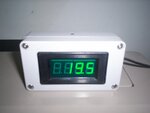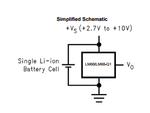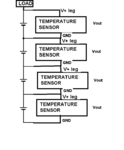Derun93
Member level 3
Hi, I need temperature sensors to measure battery cells' temperature by one by. The cell are connected in series so I could not find a temperature sensors which resists at 17V or more. I looked at LM35 but I could not figure out how to I connect it to battery cells.
Thank you
Thank you


